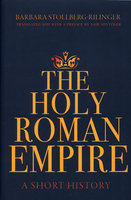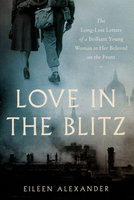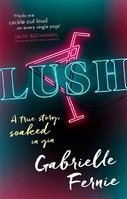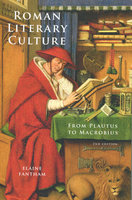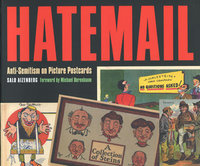New, Quality Gift Books - 50-90% off - over 2500 titles
Your basket is empty.
Categories Last Chance to buy! ART NOUVEAU
ART NOUVEAU
Book number: 94253
Product format: Unknown
In stock
Bibliophile price
£12.00
Customers who bought this product also bought
|
VOLUNTARY COVER PRICE BIBLIOPHILE CATALOGUE
Book number: 000008
Product format: Unknown
Bibliophile price
£1.00
|
HOLY ROMAN EMPIRE: A Short History
Book number: 92422
Product format: Hardback
Bibliophile price
£4.50
Published price
£22
|
LOVE IN THE BLITZ
Book number: 92429
Product format: Hardback
Bibliophile price
£4.00
Published price
£20
|
|
LUSH: A True Story, Soaked In Gin
Book number: 92569
Product format: Paperback
Bibliophile price
£1.75
Published price
£8.99
|
ROMAN LITERARY CULTURE: From Plautus to Macrobius
Book number: 92693
Product format: Paperback
Bibliophile price
£6.00
Published price
£24.62
|
HATEMAIL: Anti-Semitism on Picture Postcards
Book number: 93019
Product format: Paperback
Bibliophile price
£6.00
Published price
£27.99
|
Browse these categories as well: Last Chance to buy!, Art & Architecture





